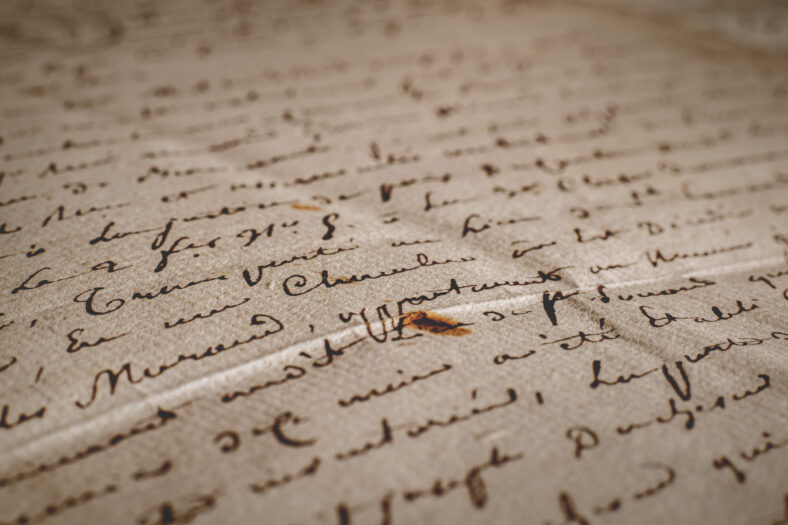If You Have A Knack For Reading Cursive, The National Archives Could Use Your Help Deciphering Documents

If you are talented at reading cursive handwriting, the National Archives could really use your help with transcribing and organizing many of its handwritten records. The aim of the project is to make the archives’ digital documents more accessible.
The National Archives contains many historical documents written in cursive, some of which date back more than 200 years.
The agency digitizes tens of millions of records every year. It uses artificial intelligence and optical character recognition to extract text from documents.
However, these methods don’t always work properly. The texts can also be difficult to decipher, especially for people who did not learn cursive in school.
So, that’s why the National Archives needs help from human volunteers to transcribe digital pages. They make it easier for scholars to find and read historical documents.
To become a volunteer, all you need is an internet connection to sign up online. More than 5,000 volunteers have already signed up for the Citizen Archivist program.
“There’s no application,” said Suzanne Isaacs, a community manager with the National Archives. “You just pick a record that hasn’t been done and read the instructions. It’s easy to do for a half hour a day or a week.”
The National Archives has other tasks available besides deciphering cursive. Volunteers can also “tag” documents that have already been transcribed to improve the searchability of the records.
Some documents that need to be transcribed and tagged include pension files from the Revolutionary War and employee contracts from 1866 to 1870. There are files linked to more than 80,000 veterans and their widows.

Sign up for Chip Chick’s newsletter and get stories like this delivered to your inbox.
“The pensions are revealing the stunning—frequently heartbreaking and sometimes funny—complexity, nuance, and previously unknown details about the American Revolution and the nation in the decades after,” said Joanne Blacoe, an interpretation planner for the National Park Service.
“It’s rich content that will benefit [national] parks and inspire artists, researchers, and families connecting to ancestors.”
Volunteers can spend as much or as little time as they want on the documents. Some participants have spent years transcribing documents.
For example, a retiree from Pennsylvania named Alex Smith has transcribed around 100,000 documents over the course of nine years.
Today, cursive instruction is not as common as it used to be, but it’s starting to make a comeback. Now, schools are required to teach cursive in over 20 states.
The state of California has a law mandating cursive instruction, which took effect in January of last year. A few months later, Kentucky passed a law requiring cursive instruction as well.
“We don’t want this to become a lost art,” said Sean Howard, the superintendent of Kentucky’s Ashland Independent School District.
“There is research that connects the ability to read and fluency…to the ability to write cursive.”
More About:News